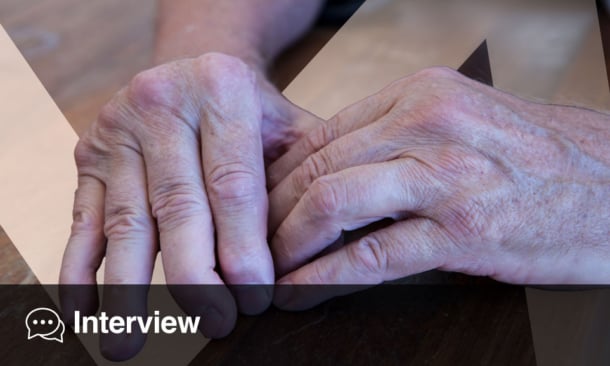A 10-YEAR study from the OsteoLaus cohort in Switzerland, presented at WCO 2025, has demonstrated the potential of machine learning to predict fragility fractures in postmenopausal women by analysing data from bone and body composition scans. Researchers at Lausanne University Hospital and the University of Lausanne applied various machine learning algorithms to Dual X-ray Absorptiometry (DXA) data from 1,475 women, integrating hip, spine, and whole-body metrics along with additional risk factors.
Among the models tested, logistic regression, multilayer perceptron, random forest, and XGBoost, logistic regression showed the best overall balance of predictive performance and generalizability, achieving a test area under the curve (AUC) of 0.78, with specificity of 0.66 and recall of 0.69. The best-performing dataset combined bone health, body composition, and traditional fracture risk factors, improving the model’s ability to forecast fractures with greater precision.
While more complex models such as XGBoost showed promise, their higher specificity came with significantly lower recall, highlighting the challenge of overfitting. The findings support the clinical potential of using AI-driven tools to improve fracture risk assessment beyond traditional methods. Future studies are expected to expand on this work by incorporating imaging-based analysis and comparing results with standard tools such as FRAX.
Aleksandra Zurowska, EMJ
Reference
Johansson L et al. Vertebral fractures identified on lateral dxa images using deep neural networks predict incident fractures in older women. Abstract P817. WCO Congress, 10-14 April 2025.








